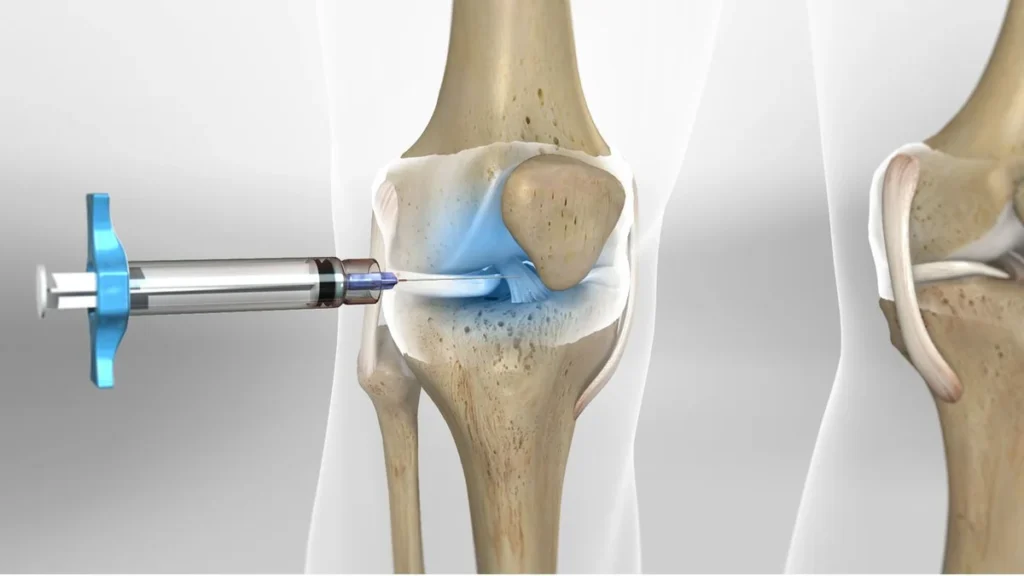In this article from the International Limb Lengthening Center of Iran, we will discuss the pectoralis major tendon tear.

The Pectoralis Major Muscle
In the front of the chest, there is a strong muscle called the pectoralis major muscle. The function of this muscle is to bring the arm closer to the trunk and rotate it internally. This muscle is attached from the chest side to the collarbone and sternum, and on the other side, it connects to the upper arm bone through its tendon.
Pectoralis Major Tendon Tear
The pectoralis major tendon tear usually occurs due to the application of intense stretching forces to the muscle during its contraction. The most common mechanism for these injuries is performing the bench press exercise.
Tendon Tear in Bench Press Movement
During the bench press, the pectoralis major muscle is subjected to strong stretching forces from the weight. These forces can cause the muscle’s tendon to tear.
Risky Exercises and High-Risk Groups
In addition to bench pressing, other sports such as wrestling, rugby, skiing, hockey, and parachuting can also cause tears in this muscle. These injuries usually occur in men aged approximately 20 to 40 years.
Description of Pectoralis Major Tendon Tear
A pectoralis major tendon tear causes a change in the shape of the outer part of the muscle and subcutaneous bleeding.
Types of Injuries to the Pectoralis Major Tendon
Injuries to the pectoralis major tendon can occur as muscle strains or partial or complete tears of the muscle fibers or tendon. The most important symptom of these injuries is pain over the muscle in the front of the chest, shoulder, and upper arm.
Symptoms and Pain Intensification
The severity of pain increases during arm movement and may be accompanied by swelling or bruising at the injury site. Internal rotation of the arm or moving it away from the body can increase the pain intensity.
Diagnosis of Tendon Injuries
Definitive diagnosis of these injuries is possible with the help of MRI (Magnetic Resonance Imaging).
Treatment of Strains and Tendon Tears
Treatment of strains and partial tears of this muscle involves a period of shoulder immobility followed by the initiation of stretching and strengthening exercises. In the case of complete tears, treatment is surgical, involving reattachment of the muscle tendon to the arm bone. Sometimes, especially in chronic cases, repairing a torn tendon may require the use of a graft or transplant.
Treatment in Older Adults
In older adults who do not have much physical activity, complete tears can also be treated non-surgically.

To make an appointment or get an online consultation with Dr. Nader Motallebi Zadeh, Limb lengthening surgeon, proceed here.



